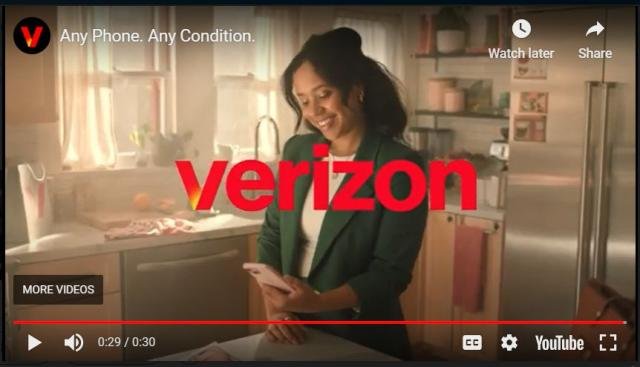Verizon is set to acquire 663 million MHz POPs of UScellular’s 850 MHz spectrum licenses, which is a low-band frequency, for nearly $1 billion.

Verizon stands to benefit significantly from its acquisition of the spectrum licenses from UScellular. Here’s how:
Increased Capacity and Coverage: This low-band spectrum is critical for providing wide-area coverage and strong indoor signal penetration. It allows Verizon to enhance its network’s capacity and coverage, especially in rural and suburban areas.
Improved 5G Capabilities: Verizon is gaining AWS and PCS spectrum licenses (mid-band frequencies), which are essential for 5G deployments. Mid-band spectrum provides a balance between speed and coverage, allowing Verizon to strengthen its 5G network and offer faster internet speeds over larger areas.
Capex: Verizon has lowered capital expenditures (capex) to $8.1 billion in first-half 2024, compared to $10.1 billion in first-half 2023. Verizon will reveal its financial results on October 24.
Competitive Advantage: By acquiring spectrum that was not included in the UScellular–T-Mobile deal, Verizon is securing a competitive edge in terms of network assets. Spectrum is a finite resource, and obtaining more of it means Verizon can improve its services and handle increased demand, staying ahead of competitors.
Better User Experience: With more spectrum, Verizon can reduce network congestion, improve data speeds, and deliver better overall performance to its customers, particularly as data consumption continues to rise with the proliferation of 5G applications.
Market Expansion: This acquisition will help Verizon expand its network into new regions or bolster its existing presence in areas where UScellular previously had coverage, allowing the company to attract more subscribers.
Verizon’s wireless service revenue in Q2 2024 was $19.8 billion, a sequential increase of more than $250 million, and an increase of 3.5 percent year-over-year. This increase was driven primarily by growth of Consumer wireless service revenue.
Verizon’s consumer wireless retail postpaid churn was 1 percent in Q2 2024, and wireless retail postpaid phone churn was 0.79 percent.
Verizon’s consumer business reported 8,000 wireless retail postpaid phone net losses in Q2 2024 against 136,000 wireless retail postpaid phone net losses in Q2 2023.
Verizon’s consumer wireless postpaid phone gross additions of approximately 1.8 million in Q2 2024 represented a 12.0 percent increase year-over-year.
Verizon’s consumer business reported 624,000 wireless retail prepaid net losses in Q2 2024. This result included 410,000 wireless retail prepaid net losses related to the shutdown of the Affordable Connectivity Program.
On May 28, 2024, UScellular announced its agreement to sell UScellular’s wireless operations and select spectrum assets to T-Mobile.
At that time, UScellular said it retained its nearly 4,400 owned towers, its equity method investments, and approximately 70 percent of its spectrum assets.
The acquisition of spectrum from UScellular strengthens Verizon’s network capacity and 5G capabilities, positioning it well to meet growing consumer demand and compete in the United States.
Baburajan Kizhakedath
